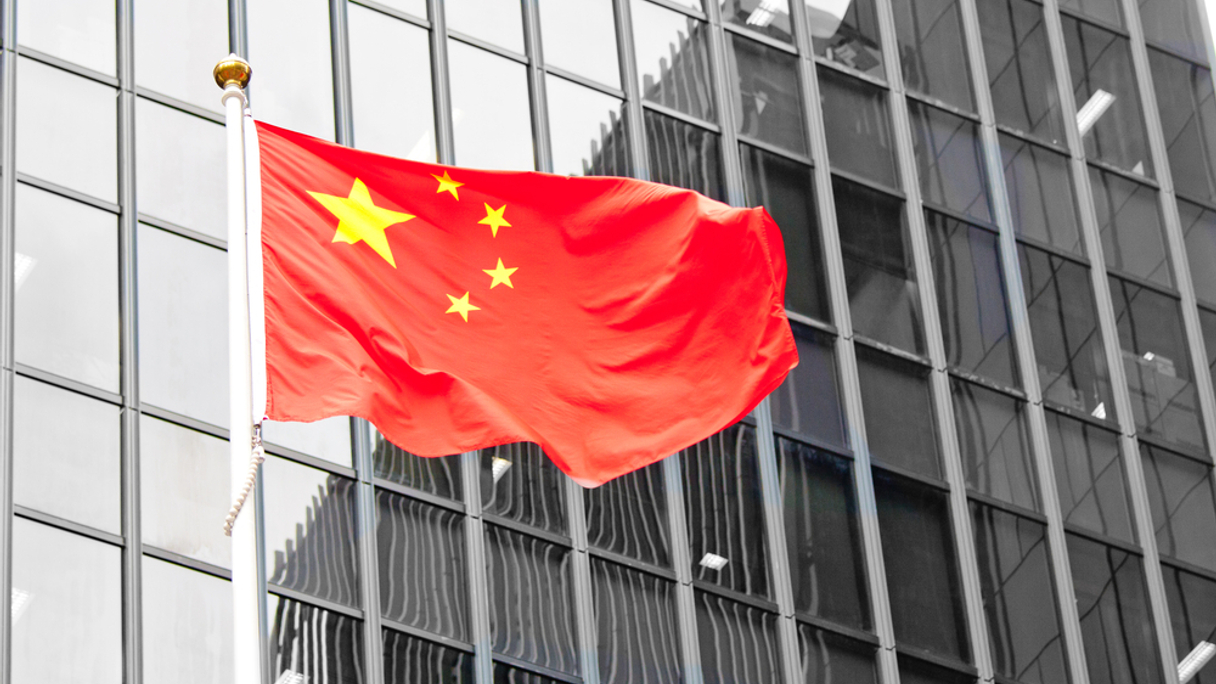A plan to diversify the shareholder structure of state-owned enterprises (SOEs) will be a temporary solution for their overcapacity issues and may trigger problems, according to Chen Zhiwu, a member on the international advisory board of the China Securities Regulatory Commission.
¬ Haymarket Media Limited. All rights reserved.



